Phonics
Phonics at St Mary Magdalene’s
At St. Mary Magdalene’s we follow ‘Essential Letters and Sounds’ which is a systematic synthetic phonics (SSP) programme, validated by the Department for Education.
The aim of ‘Essential Letters and Sounds’ is very clear – getting all children to read well, quickly. It teaches children to read by identifying the phonemes (smallest unit of sound) and graphemes (written version of the sound) within words and using these to read words. Children experience the joy of books and language whilst rapidly acquiring the skills they need to become fluent independent readers and writers.
What is phonics?
A method of teaching beginners to read and pronounce words by learning to associate letters or letter groups with the sounds they represent.
There are 44 main sounds in the English language. Each sound is represented by a grapheme (the written representation of the sound).
How is phonics taught at St Mary Magdalene’s?
Phonics is taught in a systematic, interactive and engaging way. We use a simple, consistent approach to teaching phonics. Your child will experience the same classroom routines within each lesson which reduces cognitive load and maximises the chances of success. All children are supported within the lesson to use their new phonic knowledge independently.
Children are then given time to further apply their phonics, to carefully matched texts that they can reread, and subsequently, develop their fluency.
Pronouncing pure sounds
We must use pure sounds when we are pronouncing the sounds and supporting children in reading words. If we mispronounce these sounds we will make reading harder for our children. Below are videos for phases 2 and 3 of the phonics scheme. They demonstrate the pronunciation of a letter and how it should verbally be translated to a sound, it is vital that when children are learning phonics they are producing the sound rather than the letter name.
What is the Phonics Screening Check?
Children in Year 1 throughout the country will all be taking part in a phonics screening check during the same week in June. Children in Year 2 will also take the check if they did not achieve the required result when in Year 1 or they have not taken the test before. The phonics screening check is designed to confirm whether individual children have learnt phonic decoding and blending skills to an appropriate standard.
What Happens During the Screening?
The test contains 40 words. Each child will sit one-to-one and read each word aloud to a teacher. It should be an enjoyable activity and will take approximately 10 minutes per child, although all children are different and will complete the check at their own pace. The list of words the children read is a combination of 20 real words and 20 pseudo words (nonsense words). Pseudo Words (Nonsense Words) The pseudo words will be shown to your child with a picture of an alien. This provides the children with a context for the pseudo word which is independent from any existing vocabulary they may have. Pseudo words are included because they will be new to the pupils and will assess if children can recognise the graphemes in unfamiliar words.
Reporting to Parents
By the end of the summer term your child’s class teacher will report each child’s results to their parents. They will also confirm if the child has met the standard threshold. Children who do not achieve the expected level will retake the test when they are in Year 2.
